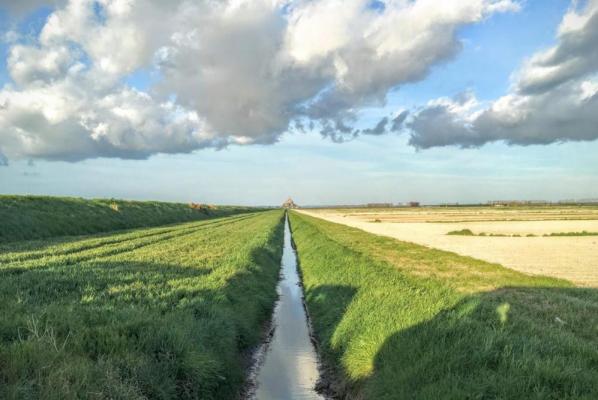
Dec. 31 (UPI) — New research shows streams are stable and reliable indicators of a region’s ecological and environmental health.
However, scientists found methods for stream monitoring must be improved and standardized in order for researchers to tap into the water’s value as an indicator.
An environmental or ecological indicator is a species, population or landscape feature that offers scientists a general predictive measure of the health of plants, animals and natural systems within an ecosystem or region.
The latest research — detailed this week in the journal Ecology Letters — shows streams can be used to measure the impact of farming practices, land-use changes and other human impacts on a region’s environmental health.
Stream health can also be used to predict the risk of environmental damage farther down stream. The use of fertilizers can trigger algal blooms that rob large swaths of water of oxygen, creating a dead zone that can kill off large numbers of organisms.
For the study, an international team of researchers surveyed the health of streams in a region of France that’s hosted intense agricultural activity for nearly a millennium.
“We were surprised to see that the streams were good sensors of long-term nutrient conditions,” Jay Zarnetske, an environmental scientist at Michigan State University, said in a news release. “Our methods show that we can learn much from a relatively small number of samples if they are collected more strategically than current watershed management practices dictate. This understanding is critical in protecting aquatic ecosystems and ensuring human water security.”
Instead of focusing on the downstream manifestation of environmental pollution, the latest research suggests scientists should look upstream to the source of the problem. Additionally, the study suggests scientists should cast a wide net, collecting and analyzing a variety of water samples across the headwaters of a region’s entire watershed.
“Basically, instead of standing in a large stream far from the headwaters and observing what flows past us through time,” Zarnetske said, “we illustrate that it can be much more informative to periodically travel around the region and grab samples from the smallest to the largest streams in the watershed.”
Though scientists found water samples in streams fluctuate regularly, often in response to changes in temperature, flow rates and other factors, their analysis showed the fluctuations can reveal patterns, and stream measurements can be linked to larger changes in the river downstream.
“That was unexpected,” said researcher Ben Abbott, formerly at MSU and now at Brigham Young University. “Somewhat surprisingly, we found that a single sampling of headwaters any time of year provides a lot of information about where nutrients are coming from and where to target restoration efforts.”
The researchers hope to use the latest methodology to study environmental change among a wider variety of landscapes, and to pinpoint places where sustainable agriculture practices could have the greatest impact on environmental health.





